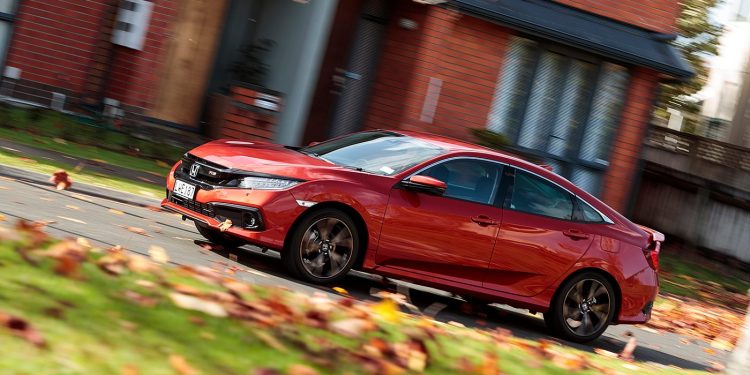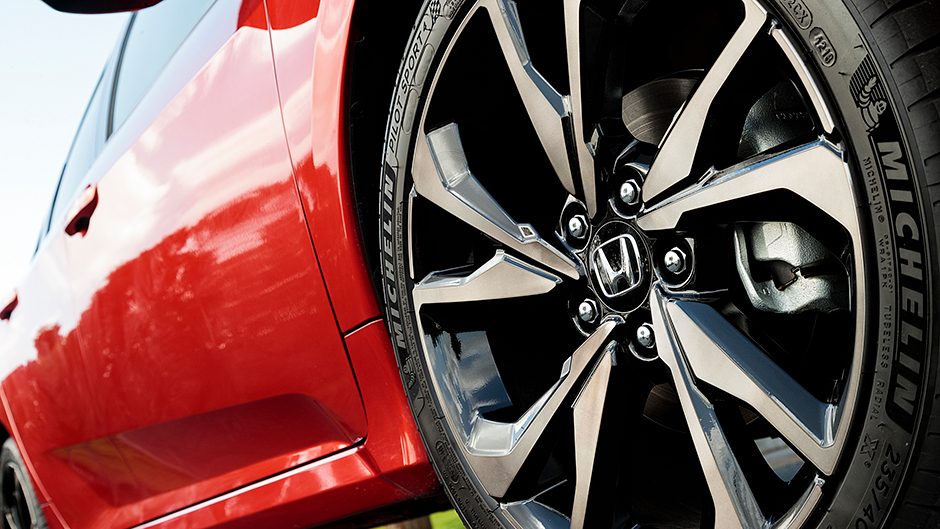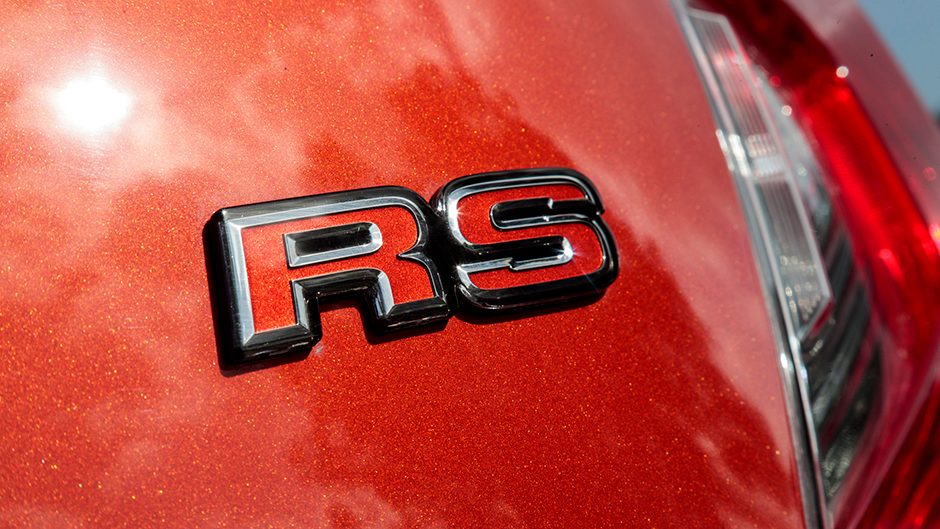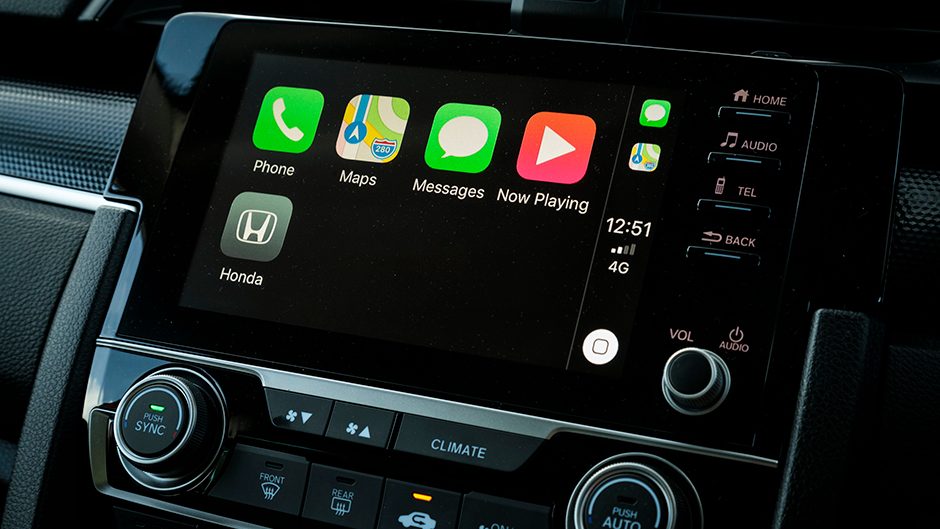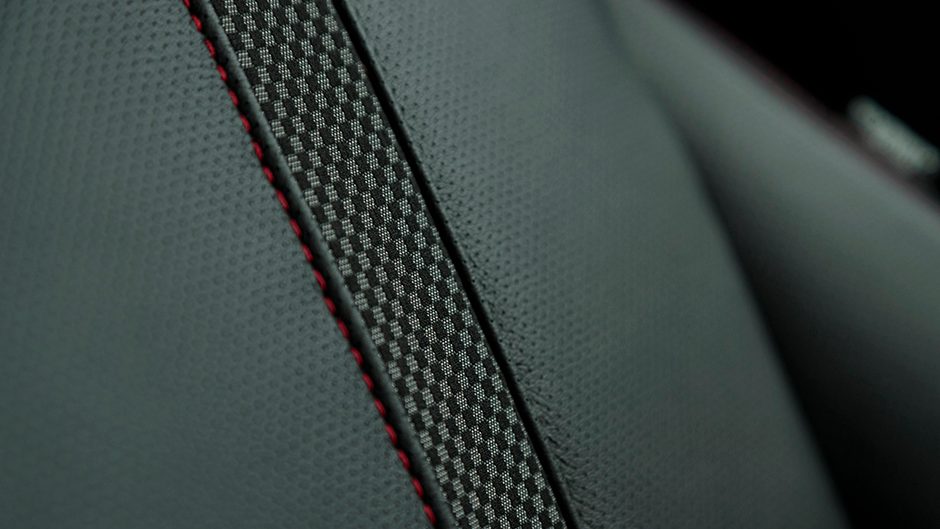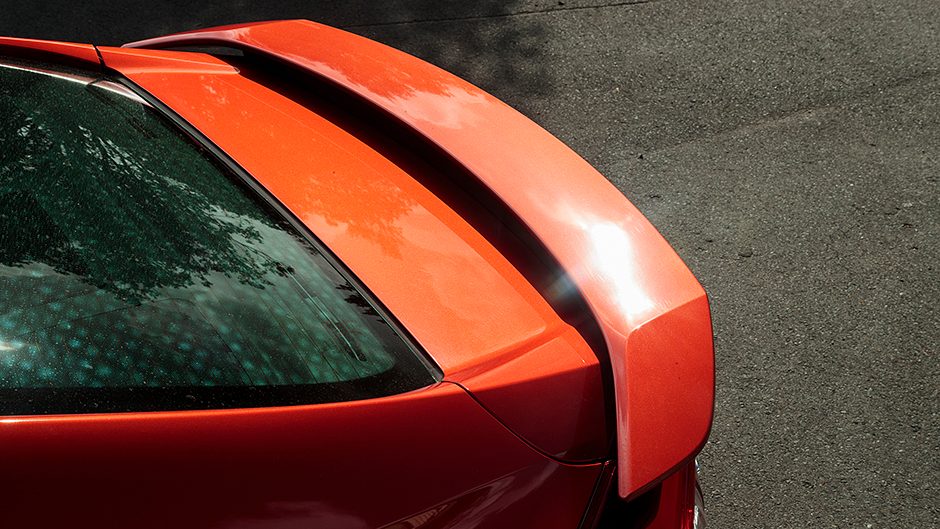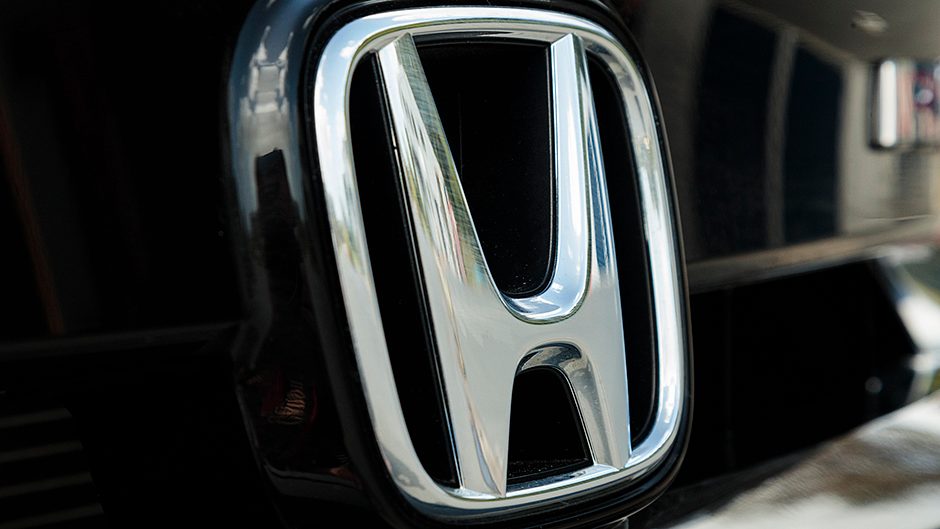2019 Honda Civic sedan RS Sensing review
Words Nile Bojoux | Photos Tom Gasnier
Honda has boosted the value of its tenth-generation Civic, improving the handling and looks as well as imbuing the RS with a bevy of new safety equipment.
Honda calls the safety package ‘Honda Sensing’, which comprises an updated adaptive cruise control system, lane keep assist, collision mitigation braking, forward collision warning, road departure mitigation and lane departure warning.
It’s a comprehensive system, and the highlight of the new RS sedan we drove recently. Adaptive cruise control is quickly becoming a must-have feature for new cars, and the latest version in the Civic RS will stay active even if the traffic ahead stops completely.
This makes navigating home in rush hour almost tolerable as the only input needed is to steer and prod the throttle to get going again after a full stop.
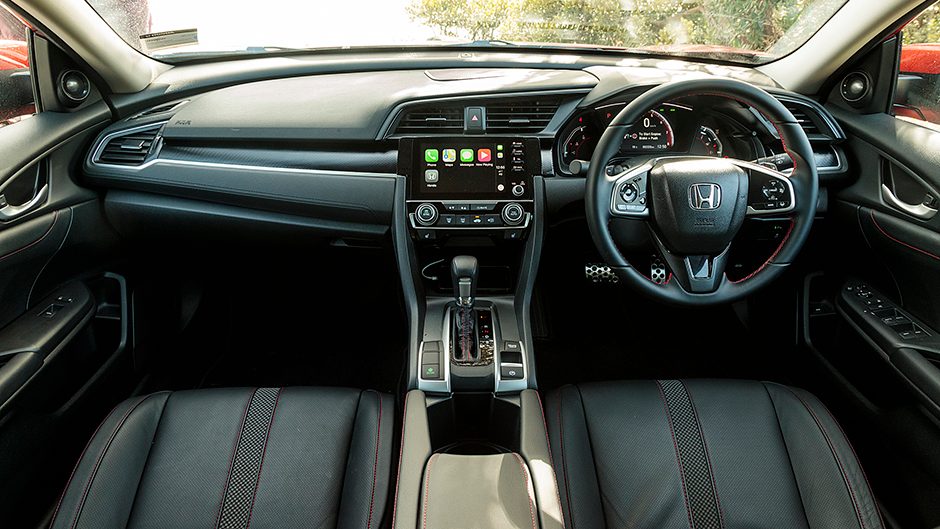
However, we found the system can get confused at times, mainly when passing a car that has entered the flush median to turn. The Civic seems to keep a lock on the turning vehicle ahead and when it stops, the RS thinks it should too.
However, the system is easy to override with a stab of the throttle and after a week of driving, we only experienced these moments a few times. It just means you can’t be too complacent when meandering home. Flicking the cruise control on while highway cruising makes longer trips a doddle, though it won’t keep your speed in check on a descent.
The lane keep assist system monitors the lane edges and gently adjusts the car to stay within the line markings. At most motorway speeds it works well but it doesn’t like tighter bends.
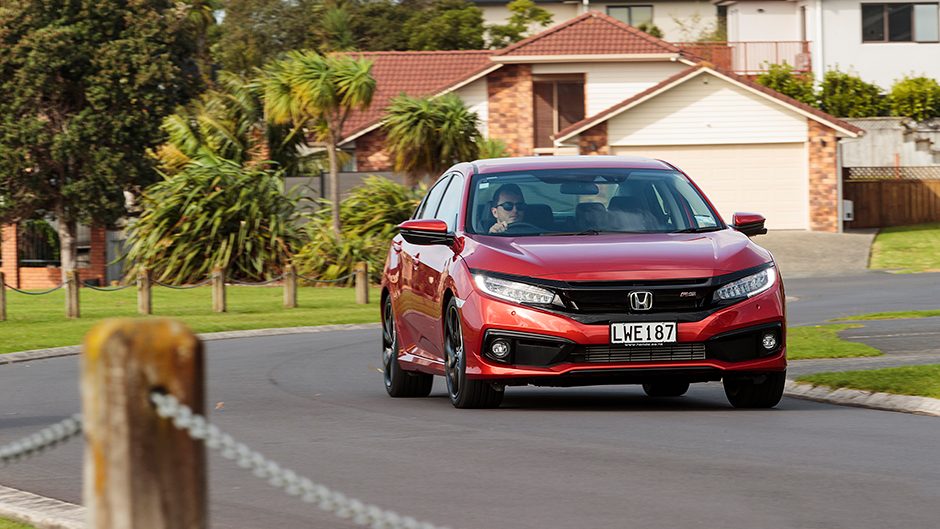
However it’s an assist system, not autonomous drive. If the car loses the lanes and any cars in front, be prepared to take manual control. You don’t have to let the zeroes and ones do all the work to gain the benefits of the other active safety functions as the lane keep assist works without cruise control active
Collision mitigation is always on in case your attention wanders. It’s integrated with the forward collision warning system, meaning you’ll get a flashing light on your dash before the car steps in to prevent an accident. Elsewhere, you’ll find a rear view camera, and another mounted on the left wing mirror that shows vehicles in the left-side blindspot. There are also adaptive headlights with automatic high beams.
Other updates include a slightly fresher look. Our model came in Phoenix Orange and while the changes to the aesthetic aren’t major, the Civic feels a little less ‘boy racer’ than it may have previously.
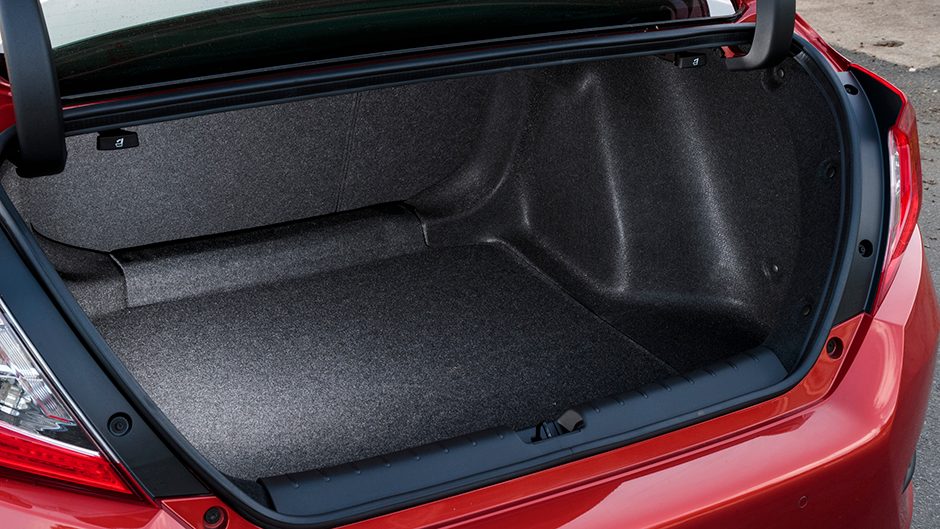
The big C-shaped tail lights are still there along with the angular nose. The other notable mod is the inclusion of a physical volume knob instead of the previous touch-sensitive controls. Under the hood, Honda has retained the 1.5-litre turbocharged four-banger, making 127kW, and 220Nm from 1700rpm through to 5500rpm. It works with a CVT and is rated at 6.3L/100km, though we couldn’t budge our tester from an indicated 8.1L/100km during our stint.
For those interested in the tech specs, the engine features dual-VVT and direct-injection while the single-scroll turbo uses an electric wastegate. If you listen really carefully, you can even hear the wastegate make whooshing noises. The engine runs a relatively high compression ratio for a turbo of 10.6:1 and so with boost pressure topping out at 16psi, the effective compression ratio is near on 20:1.
There are multi-hole injectors, sodium-filled valves, domed pistons and a water-cooled exhaust manifold. As a cherry on top of the cake, Honda says the engine is happy to run on 91 octane, so also good for the wallet, particularly at present.
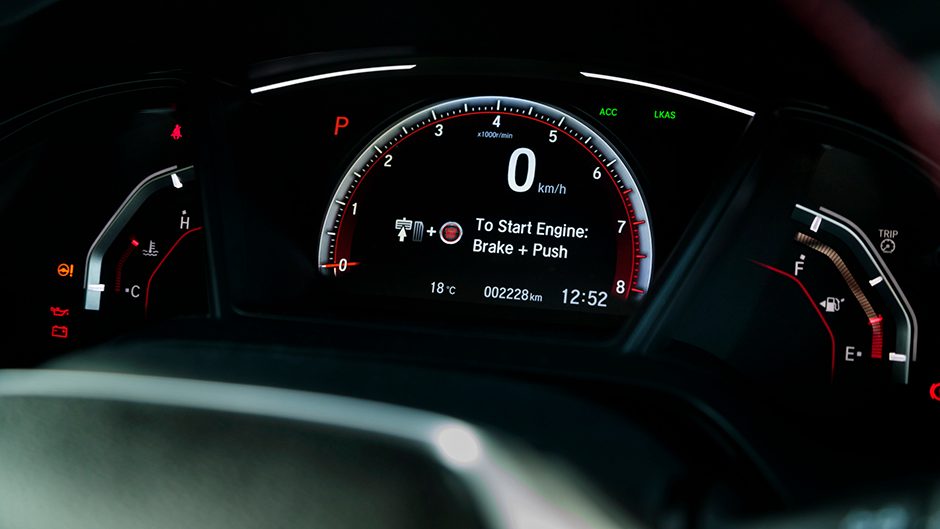
That low down torque is nice, as one of the common gripes of a CVT gearbox is the initial tardiness off the line. Toyota reckons it solved the problem by adding a physical first gear which then hands duties to the CVT later on but the turbocharged Civic does a fine job without the extra complexity.
Knock the lever down a notch into Sport mode and the Civic can get cranking. Now coming standard with Michelin Pilot Sport 4 rubber and uprated suspension, the RS can thread B-roads with ease. A quick steering rack – 2.1 turns between the stops – and responsive torque vectoring help too.
Bottom line? If you’re after a well-priced, safe sedan that works as well on back roads as it does on your commute, you’ll want to check this out. It didn’t win our $30-$45k Car of the Year award a few years back for nothing.
| Model | Honda Civic RS Turbo Sensing | Price | $39,900 |
| Engine | 1496cc, IL4, T/DI, 127kW/220Nm | Drivetrain | CVT, front-wheel drive |
| Fuel Use | 6.3L/100km | C02 Output | 144g/km |
| 0-100km/h | 7.41sec | Weight | 1312kg |


